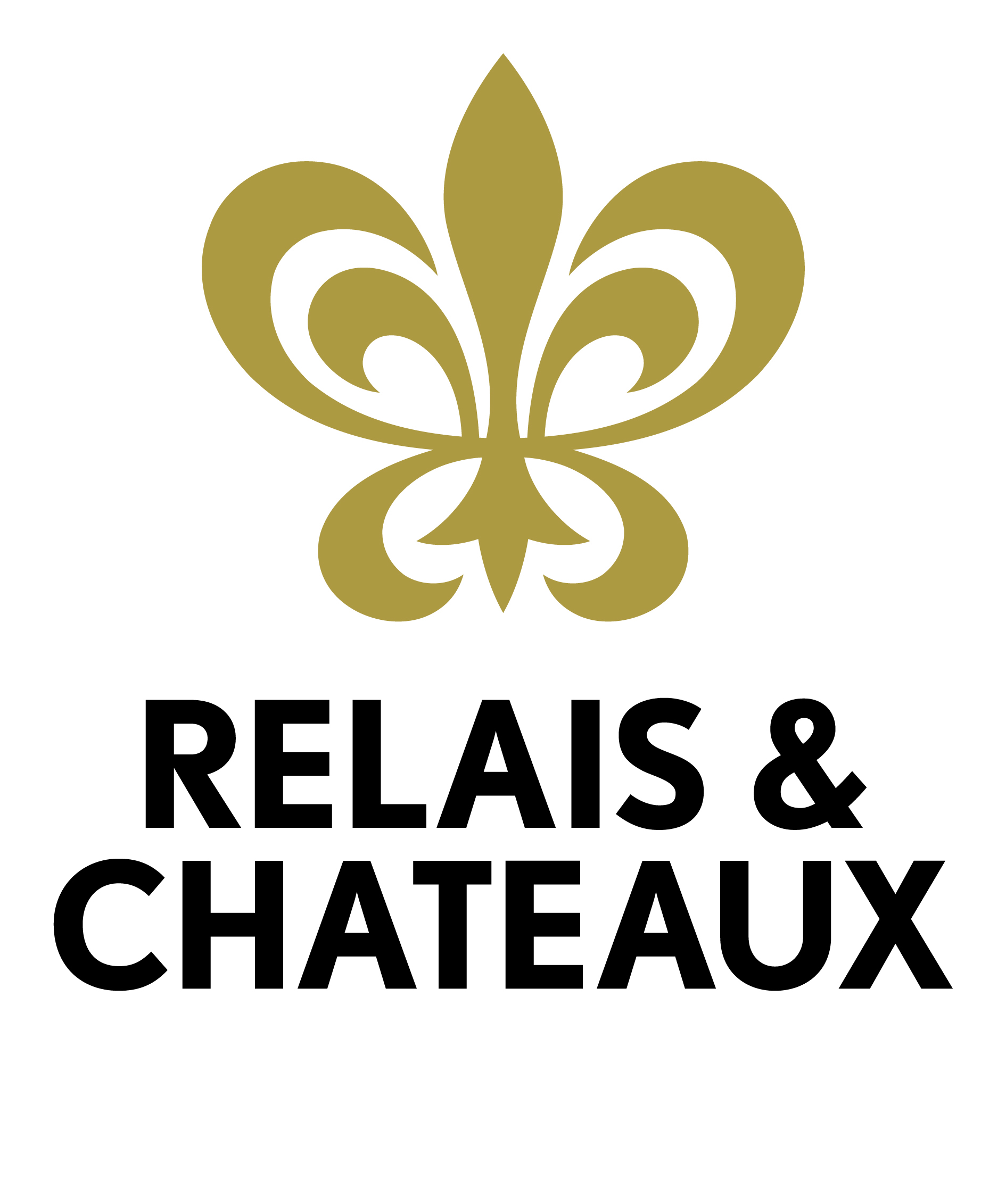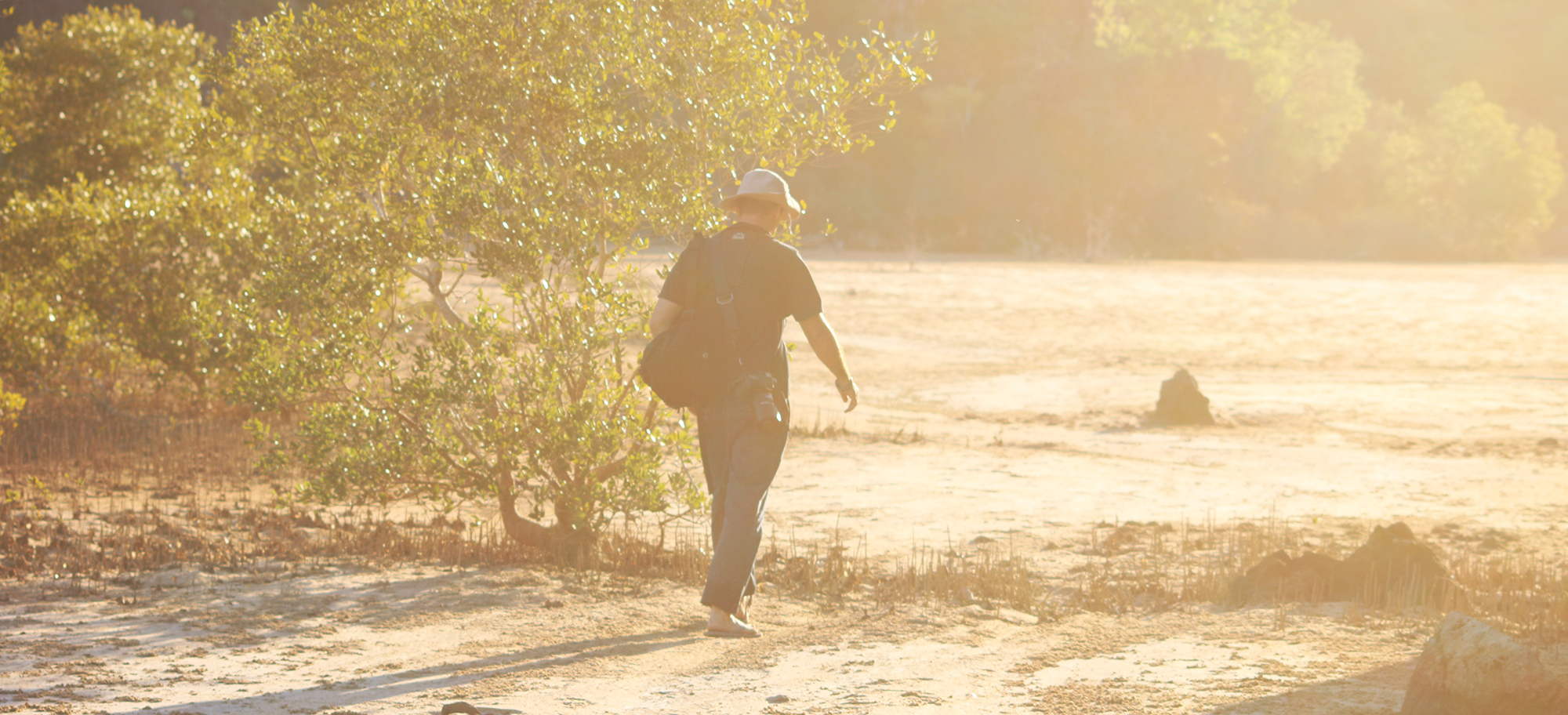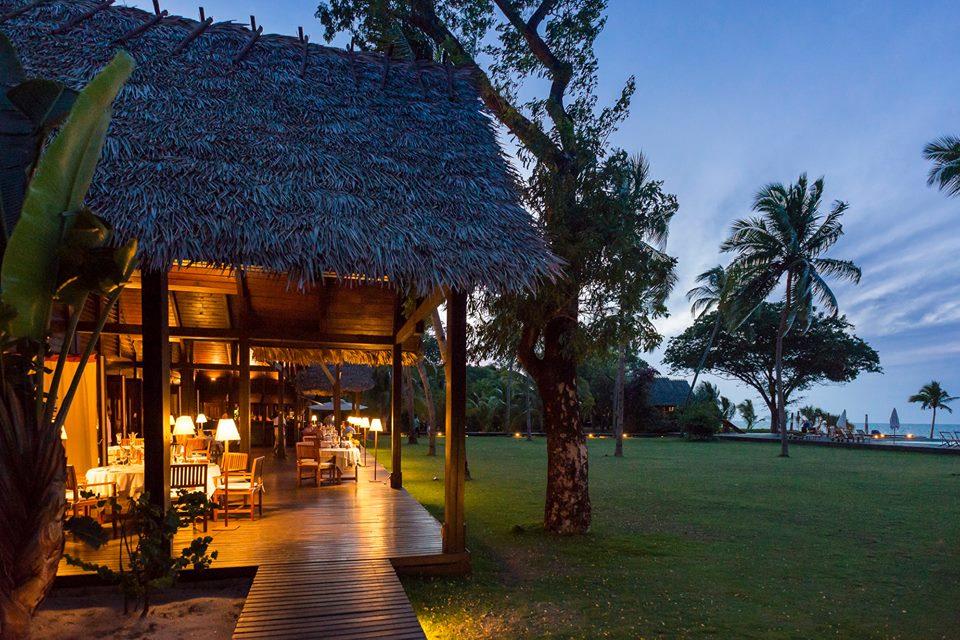
After more than four years of hard work, training, awareness-raising and research, Anjajavy le Lodge in Madagascar realised their dream as they released two aye-ayes, Soalina and Kintana, into the forest of the Protected Anjajavy Area.
In our search to connect the people and places doing their best to better the world, our journey to “find the others”, Anjajavy le Lodge stands out, for all their work in rewilding one of the most diverse and unique islands in the world. Madagascar. The release of the aye-ayes are another incredible achievement in the conservation story of the lodge and reserve.

“Because of superstition aye-ayes are still killed all around the island,” said Cédric de Foucault, previous GM at Anjajavy le Lodge.
“Kintana is one of the last of her kind, like many other animals and ecosystems today. She represents the forgotten, the cursed, the unwanted. She speaks for primates, she speaks for humans, she speaks for our future in nature. Seeing that cute little girl playful with the camera makes us feel a wave of emotions. Her being released with her mother in a beautiful protected forest gives us hope that she will thrive, and it makes us believe in something good. It is that something that we the dreamers, the mad heroes, the tree-huggers stand for through the struggle. Kintana gives us a reason to believe and to continue the fight despite all that collapses around us.”
“It is pure joy for our guests, our partners (Ministry of Environment of Madagascar, Veterinarian Studies of Antananarivo University) and our friends (from Duke Lemur Center, Conservation International, WWF, PBZT…).”
Discover more about this reintroduction project here:
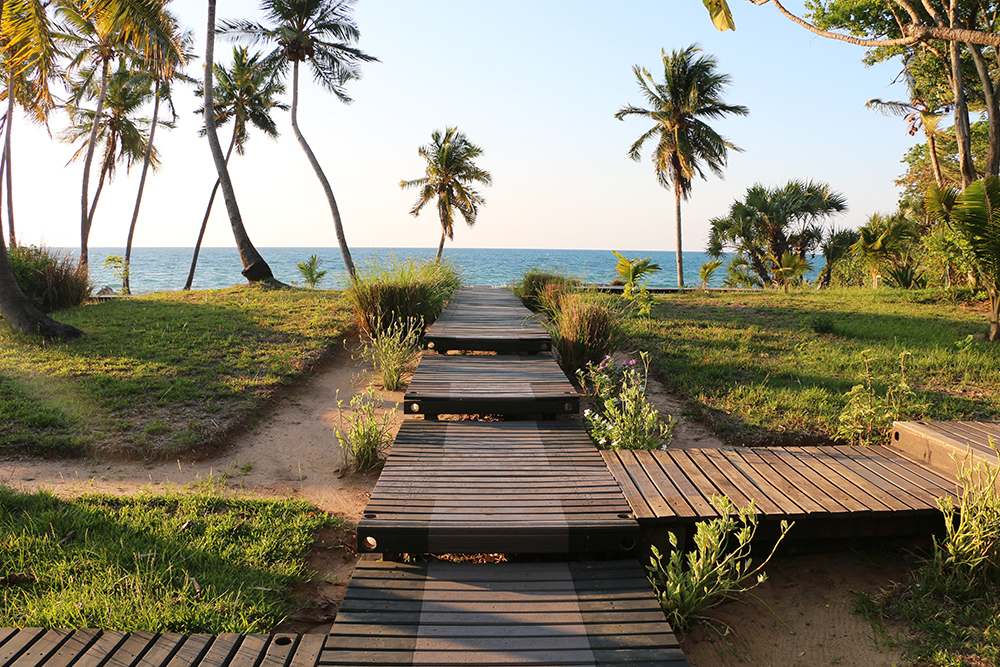
A Word from Anjajavy le Lodge
Rambeloson Elodi, Reserve’s Vet & Administrative Officer:
First of all, we organised community awareness-raising campaigns in the district to teach the local people why the protection of the aye-aye is important. We also made studies on the zone where we were going to capture the animals. This zone was very degraded. Then, we captured a female adult aye-aye, named Soalina and her baby girl Kintana. Once arrived here in the Reserve, we’ve placed the animals in a quarantine cage to avoid their disorientation and to keep an eye on them. Finally we proceeded to the release.During the quarantine, we organized a method to feed them. We didn’t give them the same food every day. We tried to change it daily and created specific spaces in the cage so we were able to move the food every evening. With this method the animals did not get used to find food in the same place and spent time to look for it like in their natural environment.
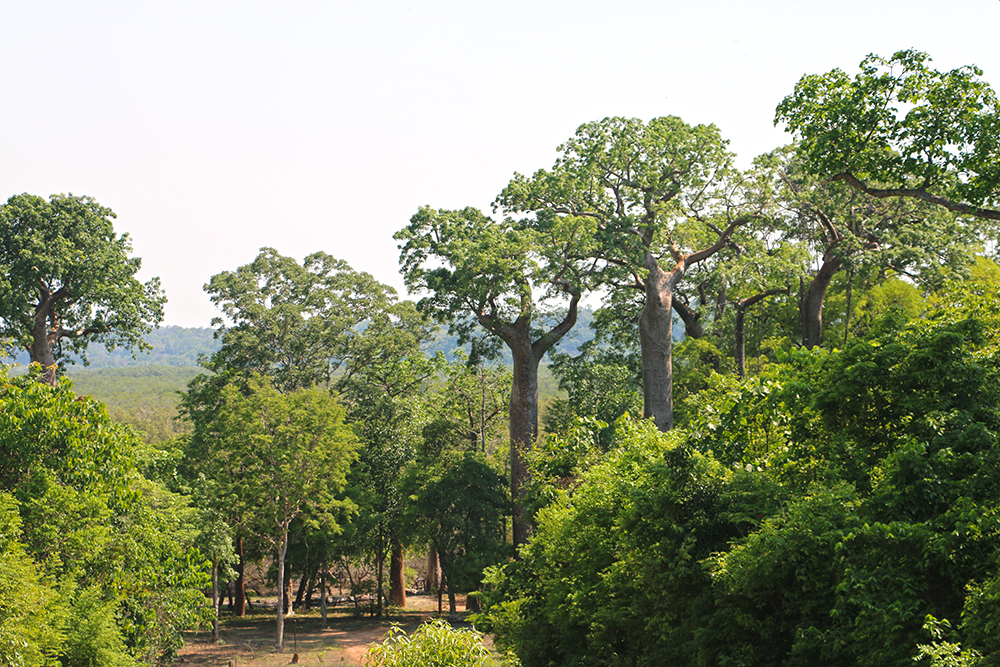
Ralaivaonirina Joelson, Environment & Forest Ecology Regional Director:
Mentalities have changed a lot. Today people wish to see, wish to keep the animals safe here, because the aye-aye reintroduction programme is prospering and brings a lot of development and construction of infrastructures in the local villages. This project brings hope for the conservation of Malagasy animals and their natural habitat.
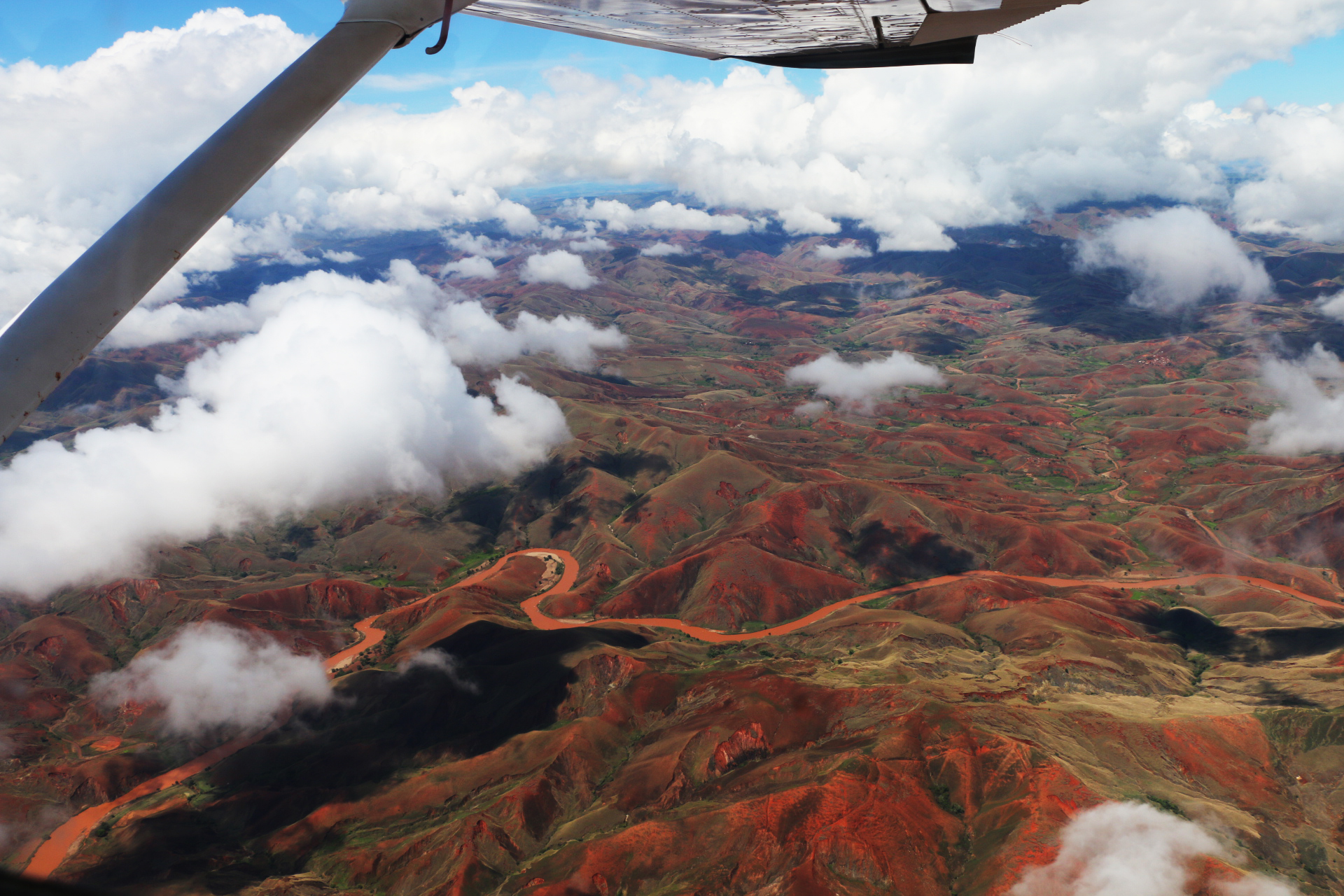
Ratsimanadino Jonhson, Guide of Anjajavy’s Private Reserve & Protected Area:
Anjajavy le Lodge’s guests think that the conservation of the biodiversity is very important. They see that we are really concerned and very invested in this project. Currently, we have the aye-aye reintroduction programme here in Anjajavy. With this project, our clients had supported us with their donations with which we were able to buy equipment to carry out this project. These actions give us the courage to continue the preservation projects led here in the Anjajavy Protected Area.
One week after the release of the aye-aye, and in the continuity of the reintroduction programme, we were able to observe their new nest on the top of this tree. It is a good sign for us and for this project because we observe that the animals have already adapted themselves to their new habitat here in the Anjajavy Protected Area.
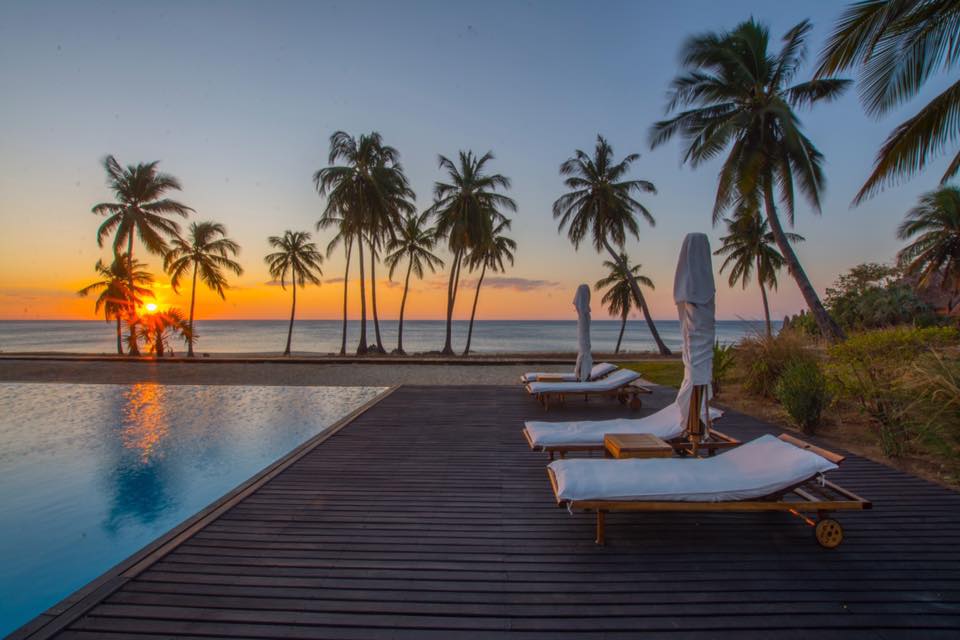
Read more about Anjajavy le Lodge’s achievements in our blog, All Good Things Are Wild and Free – A Madagascan Miracle.
